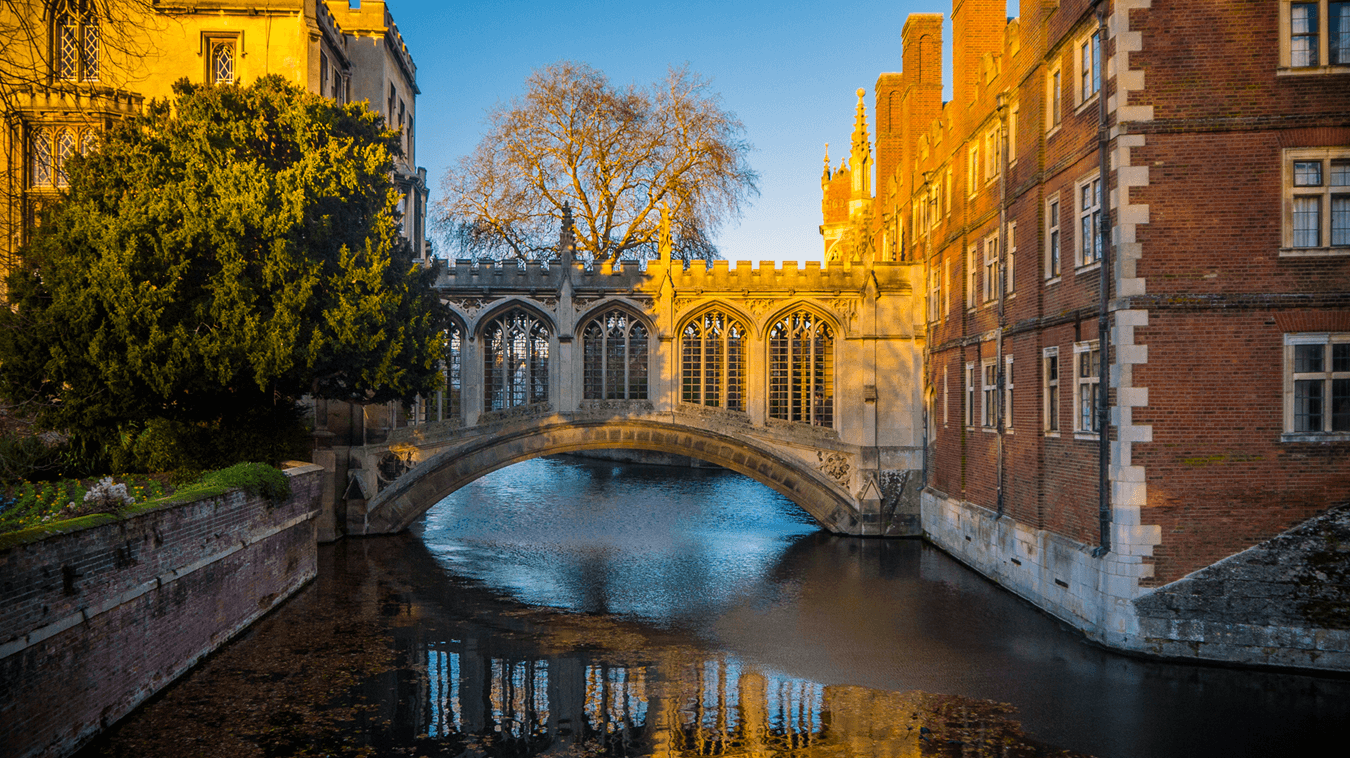

- Client
- CEG
- Sector
- Planning & Development
- Location
- Fulbourn Road, Cambridge
- How we helped
- Financial viability Planning consultancy Development consultancy
Carter Jonas’ Cambridge Planning team helped secure detailed planning permission for 20,677sqm GEA of B1 floorspace on Green Belt Land adjacent to the existing Peterhouse Technology Park. The new floorspace will support ARM Holdings’ growth plans, enabling it to maintain its global leader position in micro-processor Intellectual Property.
Advanced RISC Machines (ARM) were founded in 1990, and set up its business on Fulbourn Road, Cambridge four years later. The company originated as a spin out of an Acorn and Apple Computers collaboration. Acorn developed the world’s first commercial RISC processor for low-cost PCs and the collaboration sought to create a new microprocessor standard. In the same year, ARM attracted its first investor and licensee. In 1998 ARM was floated on the London Stock Exchange and NASDAQ and the year after became a FTSE 100 company. In 2002, ARM had shipped over one billion microprocessors; by 2014 this figure had increased to 13 billion.
In 2016 ARM was acquired by Softbank for £23.4bn. The planning application, submitted in April 2015, which received permission in December 2015, will provide ARM with the new accommodation it needs to help maintain its global market leader position.
The site lies within the Green Belt, and has been proposed in the draft local plan for Green Belt release. However, owing to the timetable for adoption of the Local Plan i.e. early 2018, the planning application was submitted on the basis of ARM’s Very Special Circumstances for development in the Green Belt, in order to ensure accommodation could be delivered within ARM’s growth timeframe requirements. The application was supported by a number of technical documents, including an Environmental Impact Assessment.
A series of pre-application meetings with the Local Planning Authority were carried out, in addition to a presentation to the Design and Conservation Panel, and two separate public consultation events.
Planning permission was unanimously granted at planning committee in September 2015, five months after submission.





